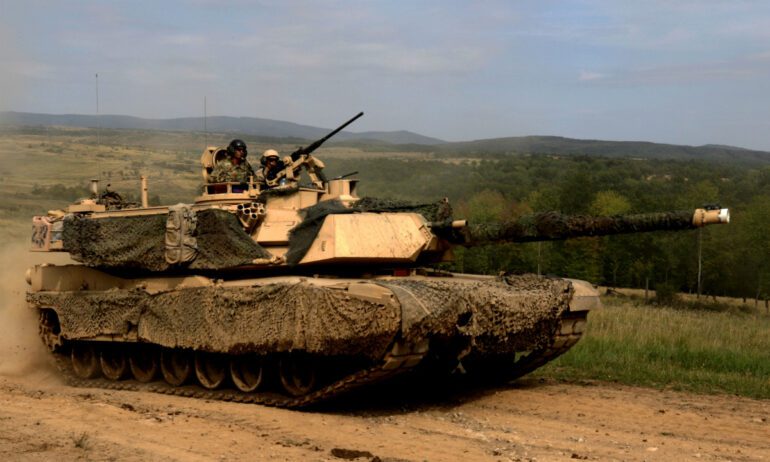TL;DR:
- US Army seeks industry collaboration for machine-learning algorithms in armored combat vehicles.
- Request for Information (RFI) was issued for the Aided Target Detection and Recognition (AiTDR) project.
- AiTDR focuses on reducing sensor-to-shooter engagement time through machine learning.
- Traditional methods are limited by training databases; AiTDR targets generic classes of targets.
- Aims to optimize crew performance and reliability by 2026.
Main AI News:
In the realm of armored combat vehicles, the quest for cutting-edge target recognition and detection capabilities has never been more critical. US military experts are forging partnerships with industry leaders, harnessing the power of machine-learning algorithms to expedite the process of identifying and engaging enemy targets effectively.
The US Army Tank-Automotive & Armaments Command (TACOM), based in Warren, Michigan, has taken a significant step forward by issuing a Request for Information (RFI) for the Aided Target Detection and Recognition (AiTDR) project. AiTDR represents a pivotal initiative aimed at revolutionizing sensor-to-shooter engagement time through the application of machine learning algorithms. This RFI serves as a probing exploration into the current landscape of aided target recognition technology, with a specific focus on the detection of both trained and untrained new targets.
Conventional machine learning methodologies have predominantly centered around aided target recognition, necessitating vast training image databases featuring target images captured under diverse conditions encompassing terrain, lighting, target pose, and partial occlusion. However, this conventional approach poses limitations when it comes to identifying novel targets or recognizing trained targets amidst unfamiliar circumstances.
The AiTDR project, on the other hand, charts a different course by prioritizing the detection of generic target categories rather than specific targets. This strategic shift minimizes the risk of overlooking potential threats due to inadequately trained algorithms. The ultimate goal is to expedite engagement times and enhance crew performance by developing robust, user-friendly, and adaptable automated target detection solutions for crewed vehicles, with an ambitious deadline of 2026.
The paramount objective is to equip armored combat vehicle crews with dependable target detection and recognition capabilities that transcend mission specifics, vehicle status, and environmental variables. This entails empowering crews with the capacity to task, operate, update, and troubleshoot detection systems without compromising their operational efficiency. In this fast-evolving landscape, the fusion of cutting-edge technology and military expertise holds the promise of reshaping the future of armored combat vehicle operations.
Conclusion:
The US Army’s pursuit of machine-learning-powered target recognition and detection in armored combat vehicles, as demonstrated by the AiTDR project, signifies a critical shift towards enhanced operational efficiency and reliability. This move not only fosters innovation within the defense sector but also presents lucrative opportunities for tech companies specializing in machine learning applications for military purposes. The market can anticipate increased demand for advanced automated target detection systems, with the potential for substantial growth and partnerships in the defense industry.

